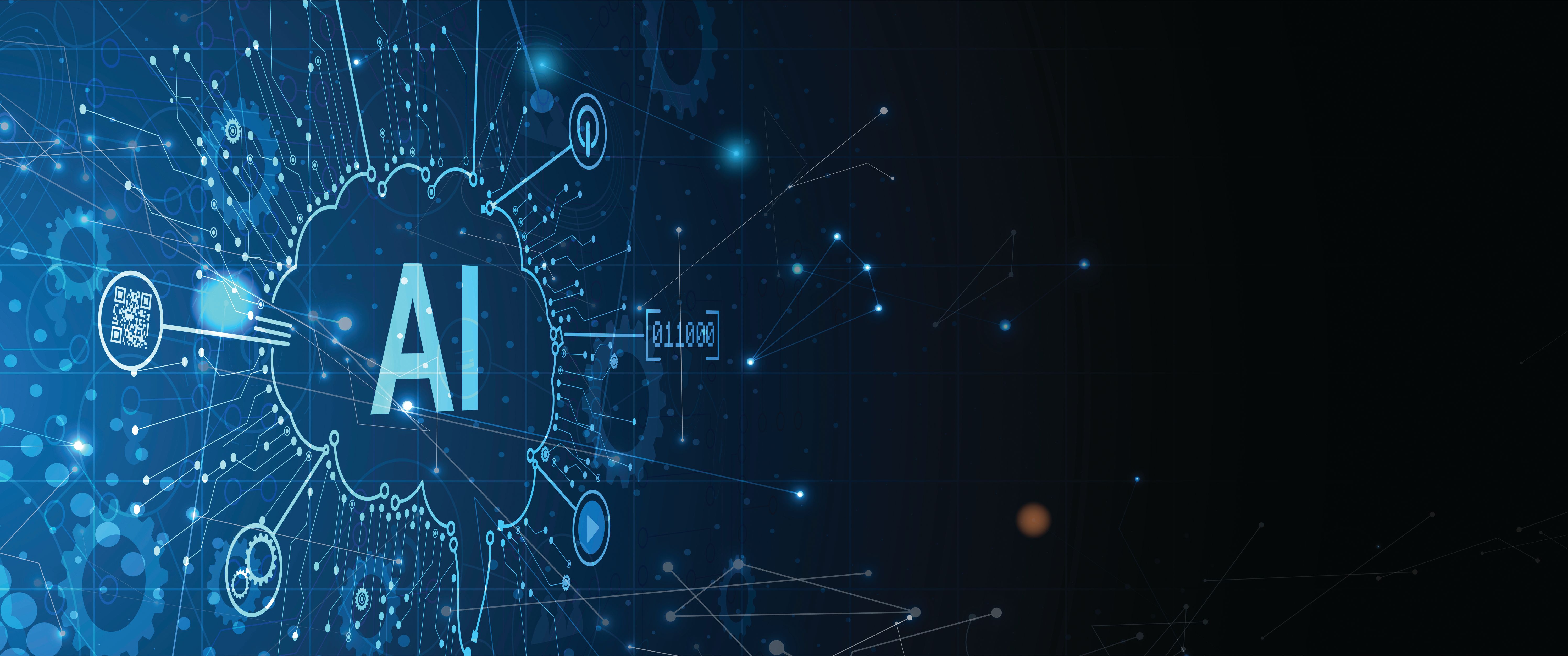Artificial Intelligence and Intraoral X-ray
The latest generation of direct conversion sensor technology can help improve AI accuracy. No more “garbage in, garbage out.”
Artificial Intelligence and Intraoral X-ray. Photo courtesy of Kras99/stock.adobe.com.

Artificial Intelligence (AI) has become ubiquitous in our daily lives. If you have had to communicate with a “chat bot” in the last month, then you are interacting with AI. Most phone chats that you have for service also are controlled by AI. Apart from the consumer applications of AI, medical AI has proven helpful in the diagnosis of disease and the analysis of both dental and medical x-rays.
The concept and process for AI in dental are as follows: From a dental radiograph, AI software identifies anatomical features such as teeth, missing teeth, bone levels, apices, and restorations. Then, based on the AI’s training by dental professionals in identifying dental pathologies, the AI technology marks the areas of suspected pathology. The annotations can be turned on or off in the process of educating the patient and confirming AI’s clinical annotations.
AI can save time and find fine details like incipient caries that a clinician may miss. The process for building an AI engine for reading dental x-rays is as follows: A database of thousands of varied x-rays is gathered for a group of dentists (4 to 5) to go through and map each x-ray according to the anatomical details and the pathological indications. The dentists then come together and review their individual findings to agree upon a “base truth” conclusion that gets imputed into the AI software’s interface. This process is repeated with thousands of images until the AI “learns” to read and diagnose x-rays as a dentist would.
If AI is receiving predictable information that has not been enhanced, the accuracy of the AI’s diagnoses is very high. The problem is that almost all x-rays are delivered to the AI software with various enhancements applied to create a sharper, more visually appealing image. The images must be sharpened because a native image is typically blurry. The sharpening filters vary by enhancement levels provided by the manufacturer. When images are magnified to see fine details, enhancements make the magnified details look very different. The enhancements have actually decreased image accuracy because sharpening filters modify pixels. AI may interpret the dark line that the enhancement has created as an open margin when it is actually recurrent decay. This is because sharpening can create artifacts.
One big problem with AI is the base data used to build it. AI is constructed using thousands of different x-rays with different filters applied, leading to different images of the same area depending on the sensor that took the image and the filter used. This creates an issue of “garbage in, garbage out” when evaluating AI results.
This can all change with the advent of direct conversion technology in intraoral dental radiology. Unlike existing formatting objects processor sensors that convert photons to light and then capture the light, direct conversion captures photons. The result of direct conversion images is a natively sharp image that displays 100% accurate pixel information. When AI is trained with accurate information and presented with the same accurate information to analyze, AI can exhibit highly accurate analysis.
With native images that are not sharpened, the information represents nonmodified pixels or native detail of actual pathologies. Direct conversion presents highly detailed native images that display the organic shape of pathologies. The old formatting objects processor technology shows geometric shapes from the pixel modification and artifact that occurs when images are sharpened. DC-Air™ from Freedom Technologies Group, the world’s first direct conversion intraoral sensor, shows the true organic shape of the decay because it is natively sharp and does not require enhancement.
AI shows great promise in intraoral imaging and x-ray diagnosis. The more accurate the information given to AI, the more accurate the diagnostic results. With the advent of direct conversion technology in intraoral imaging, the accuracy of AI and the trust of dentists in its accuracy will both improve. The future of AI and intraoral x-ray imaging is bright!
